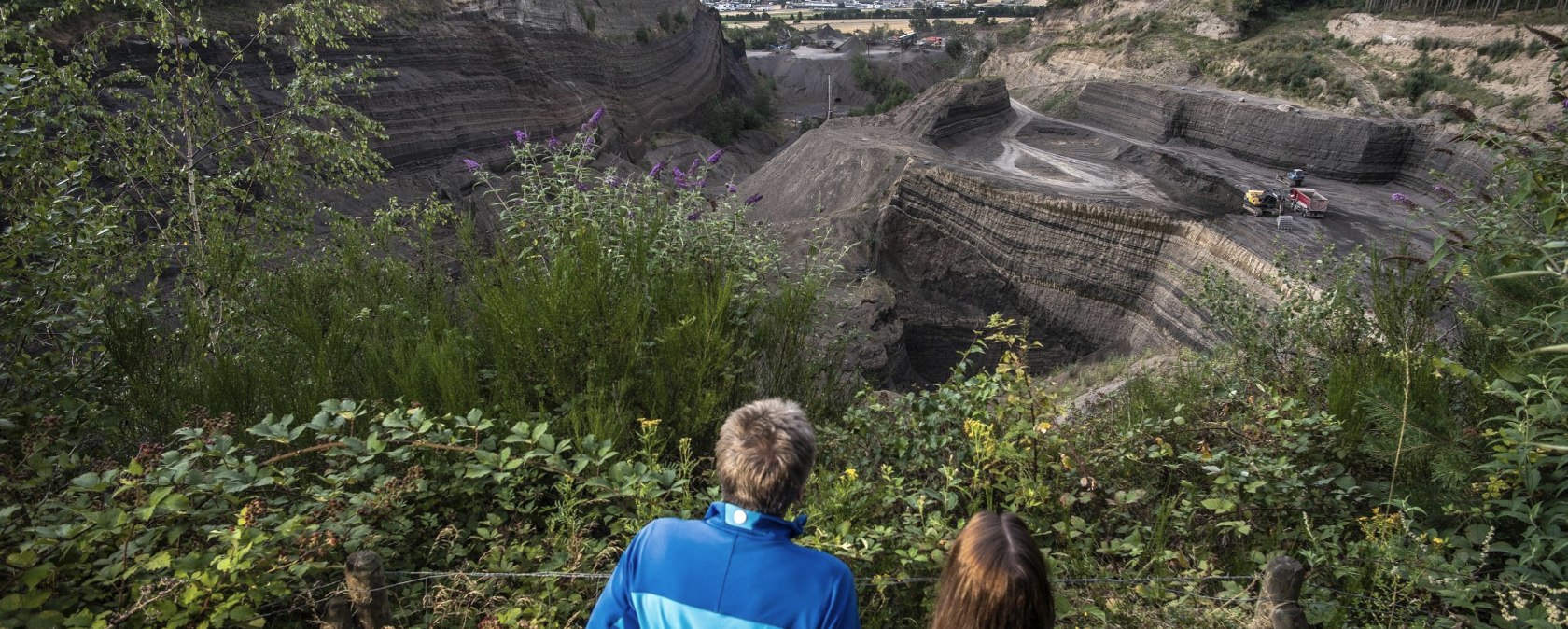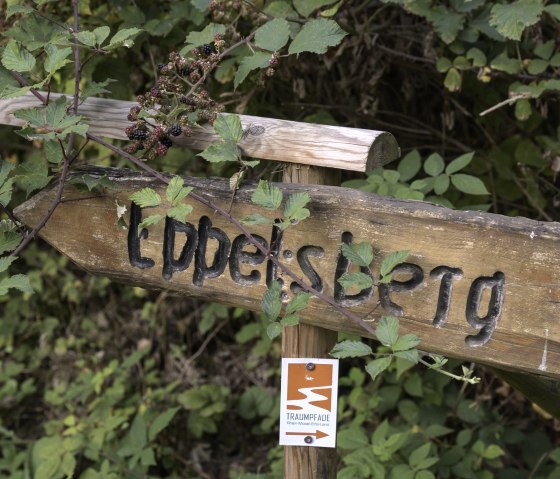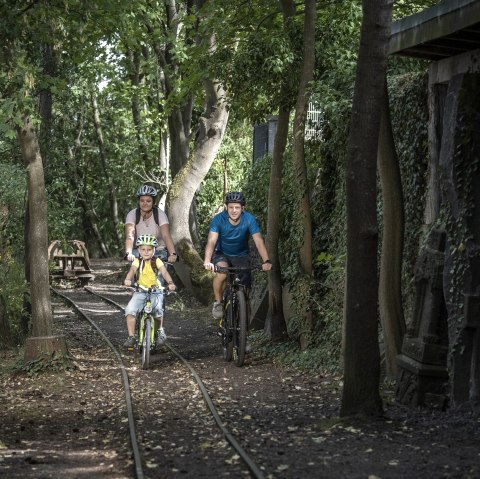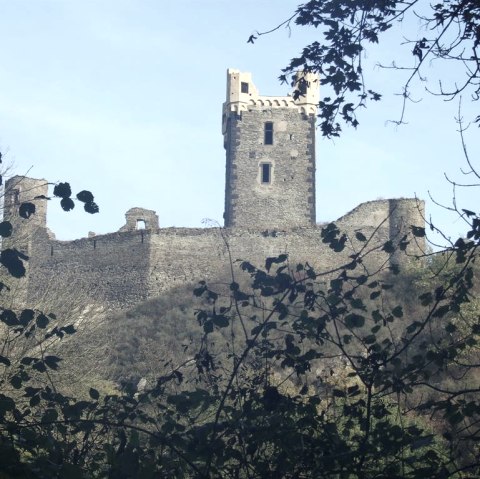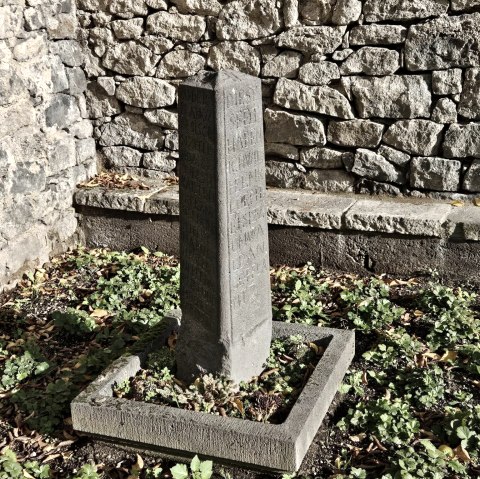Eppelsberg
Nickenich
Slag volcano with initial maar phase
The Eppelsberg is a north-south eruption crevice on which there were several eruptions.
Plants within the tephra sequences show that the eruptions were interrupted by periods of rest. Part of the old crater wall slid back into the chimney during volcanic activity.
This step-like landslide can still be seen today, a unique, unmistakable feature of the Eppelsberg volcano. Various eruptions, some with and some without water, form the characteristic "black band" and the colorful layers above.
Last but not least, the light Laacher pumice covered the Eppelsberg.
Further information: https://www.vulkanpark.com/entdecken/denkmaeler/eppelsberg-2/
Hiking trail to Eppelsberg: The shortest route to Eppelsberg begins at the Roman tomb (Laacher Straße, 56645 Nickenich)
Simply follow the signs for the dream path "Pellenzer Seepfad" or the Geopfade N "Panoramaweg Eppelsberg".


